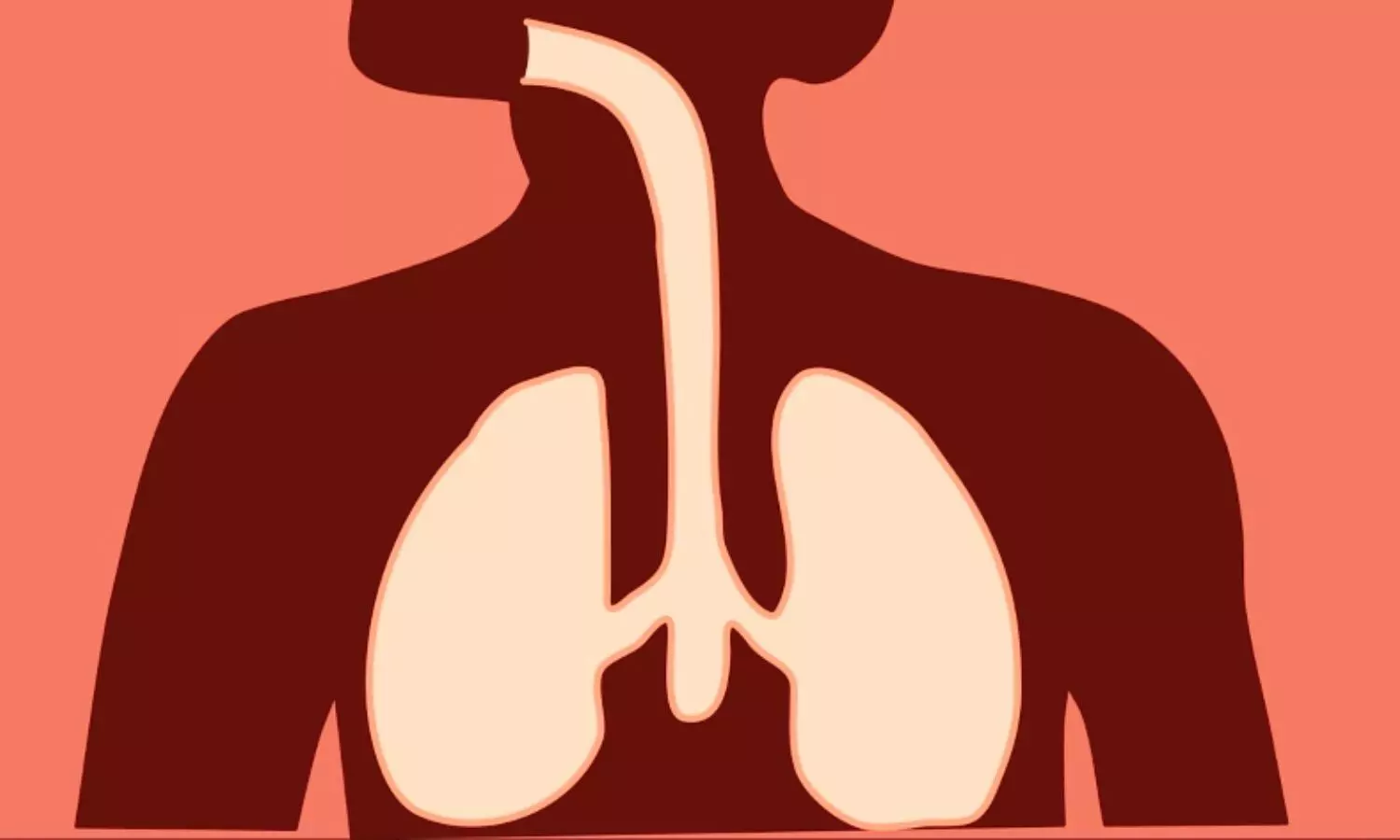Sotatercept Improves Early Pulmonary Arterial Hypertension Outcomes: NEJM
- byDoctor News Daily Team
- 12 October, 2025
- 0 Comments
- 0 Mins

A new study published inThe New England Journal of Medicineshowed that within a year after being diagnosed with pulmonary arterial hypertension (PAH), patients' outcomes improved when sotatercept was added to usual therapy. Adult patients with World Health Organization functional class II or III pulmonary arterial hypertension who were on double or triple baseline treatment, had an intermediate or high risk of mortality, and had been diagnosed less than a year prior were recruited for this phase 3 trial. Subcutaneous sotatercept (initial dose: 0.3 mg per kilogram of body weight; raised to goal dose: 0.7 mg per kilogram) or placebo was administered as an adjuvant medication to patients at random every 21 days. According to time-to-first-event analysis, the main end points were clinical worsening, composite of death from any cause, unplanned hospitalization for at least 24 hours due to worsening pulmonary arterial hypertension, atrial septostomy, lung transplantation, or decline in exercise testing performance as a result of pulmonary arterial hypertension. Following the publication of encouraging data from earlier sotatercept studies, the experiment was terminated early due to a loss of clinical equilibrium. There were 320 patients in all, 160 in each of the placebo and sotatercept groups. 13.2 months was the median follow-up period. Almost, 17 patients (10.6%) in the sotatercept group and 59 patients (36.7%) in the placebo group experienced at least one primary end-point incident (hazard ratio: 0.24; 95% CI: 0.14 to 0.41; P<0.001). 8 patients (5.0%) in the sotatercept group and 46 patients (28.8%) in the placebo group experienced a decline in exercise testing performance as a result of pulmonary arterial hypertension; 3 patients (1.9%) and 14 patients (8.8%) experienced unplanned hospitalization for worsening pulmonary arterial hypertension, respectively; and 7 patients (4.4%) and 6 patients (3.8%) died from any cause. There were no instances of lung transplantation or atrial septostomy. The most frequent side effects of sotatercept were telangiectasia (26.2%) and epistaxis (31.9%). Overall, when sotatercept was added to background medication for persons with pulmonary arterial hypertension who had been diagnosed less than a year prior, the risk of clinical deterioration was lower than with a placebo. McLaughlin, V. V., Hoeper, M. M., Badesch, D. B., Ghofrani, H. A., Gibbs, J. S. R., Gomberg-Maitland, M., Preston, I. R., Souza, R., Waxman, A. B., Kopeć, G., Meyer, G., Olsson, K. M., Fu, W., Shi, Y., Miller, B., Kim, S. S., Mackenzie, H. S., Brambatti, M., Patel, M. J., … HYPERION Trial Investigators. (2025). Sotatercept for pulmonary arterial hypertension within the first year after diagnosis. The New England Journal of Medicine, NEJMoa2508170.https://doi.org/10.1056/NEJMoa2508170
Disclaimer: This website is designed for healthcare professionals and serves solely for informational purposes.
The content provided should not be interpreted as medical advice, diagnosis, treatment recommendations, prescriptions, or endorsements of specific medical practices. It is not a replacement for professional medical consultation or the expertise of a licensed healthcare provider.
Given the ever-evolving nature of medical science, we strive to keep our information accurate and up to date. However, we do not guarantee the completeness or accuracy of the content.
If you come across any inconsistencies, please reach out to us at
admin@doctornewsdaily.com.
We do not support or endorse medical opinions, treatments, or recommendations that contradict the advice of qualified healthcare professionals.
By using this website, you agree to our
Terms of Use,
Privacy Policy, and
Advertisement Policy.
For further details, please review our
Full Disclaimer.
Recent News
Nagaland University inaugurates cancer research la...
- 26 October, 2025
India to Regulate Cell and Gene Therapies Under Dr...
- 26 October, 2025
NEET 2025: WBMCC notifies revised schedule for rou...
- 26 October, 2025
Moderna scraps mRNA vaccine in congenital CMV on t...
- 26 October, 2025
Daily Newsletter
Get all the top stories from Blogs to keep track.


0 Comments
Post a comment
No comments yet. Be the first to comment!